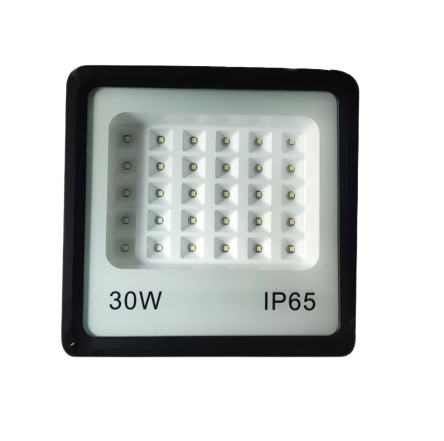Flood lights are powerful lighting solutions designed to illuminate huge regions, making them perfect for diverse applications, from out of doors protection to carrying occasions. This article gives a comprehensive review of flood lights, their sorts, applications, and how to select the proper one to your wishes.
What are Flood Lights?
A floodlight is a powerful, bright light that covers a vast area.Flood lights are popular because they are helpful, making them ideal for businesses, and public areas.
How Flood Lights Work
Flood lights typically consist of a high-intensity light source, a reflector, and a protective housing. The light source, often an LED, metal halide, or high-pressure sodium lamp, emits a powerful beam of light. The reflector focuses this light into a wide beam, allowing it to cover a large area.
Types of Flood Lights
- LED Flood Lights
LED flood lights illuminating a building facade
- Energy-efficient: Significantly lower energy consumption compared to traditional options.
- Long lifespan: Durable and require less frequent replacements.
- Versatile: Available in various color temperatures and beam angles.
- Eco-friendly: Reduced environmental impact due to lower energy consumption.
Illuminate large areas with our High-Pressure Sodium (HPS) Flood Lights, designed for exceptional brightness and energy efficiency. Ideal for outdoor spaces, these lights provide reliable illumination and enhanced visibility. Perfect for security, landscaping, and construction sites!
Applications of Flood Lights
- Security Lighting: Deter intruders and enhance security around homes, businesses, and public spaces.
- Sports Field Lighting: Illuminate sports fields for night games and training sessions.
- Architectural Lighting: Highlight buildings and structures, creating stunning visual effects.
- Construction Site Lighting: Improve visibility and safety at construction sites.
- Outdoor Event Lighting: Illuminate outdoor events, festivals, and concerts.
Choosing the Right Flood Light
When selecting a flood light, consider the following factors:
- Lumens: Measure of light output, higher lumens indicate brighter light.
- Color Temperature: Determines the light’s color appearance, measured in Kelvin (K).
- Beam Angle: Determines the spread of the light beam.
- IP Rating: Indicates the fixture’s resistance to water and dust.
- Energy Efficiency: Choose energy-efficient options to reduce energy costs.

